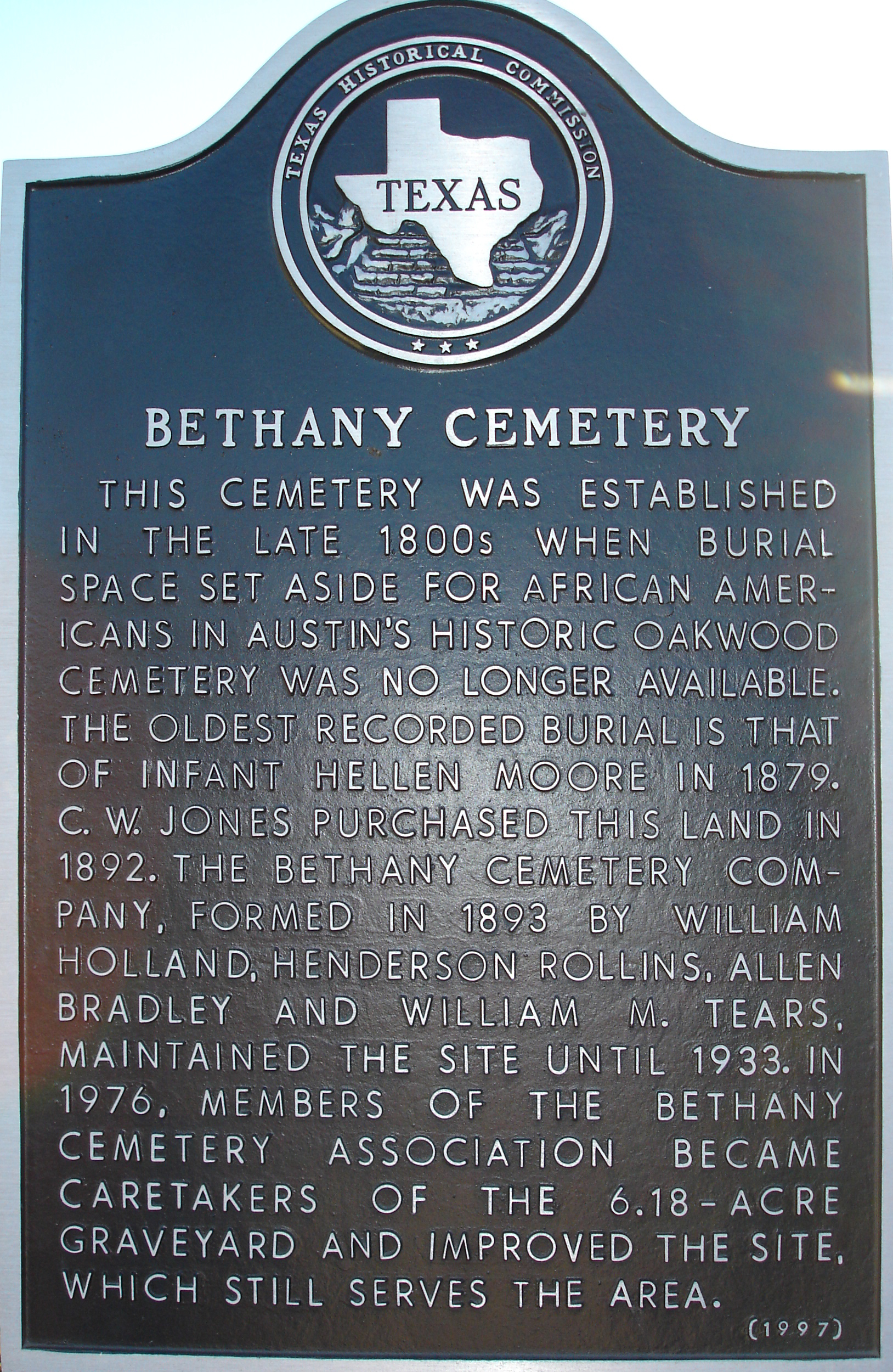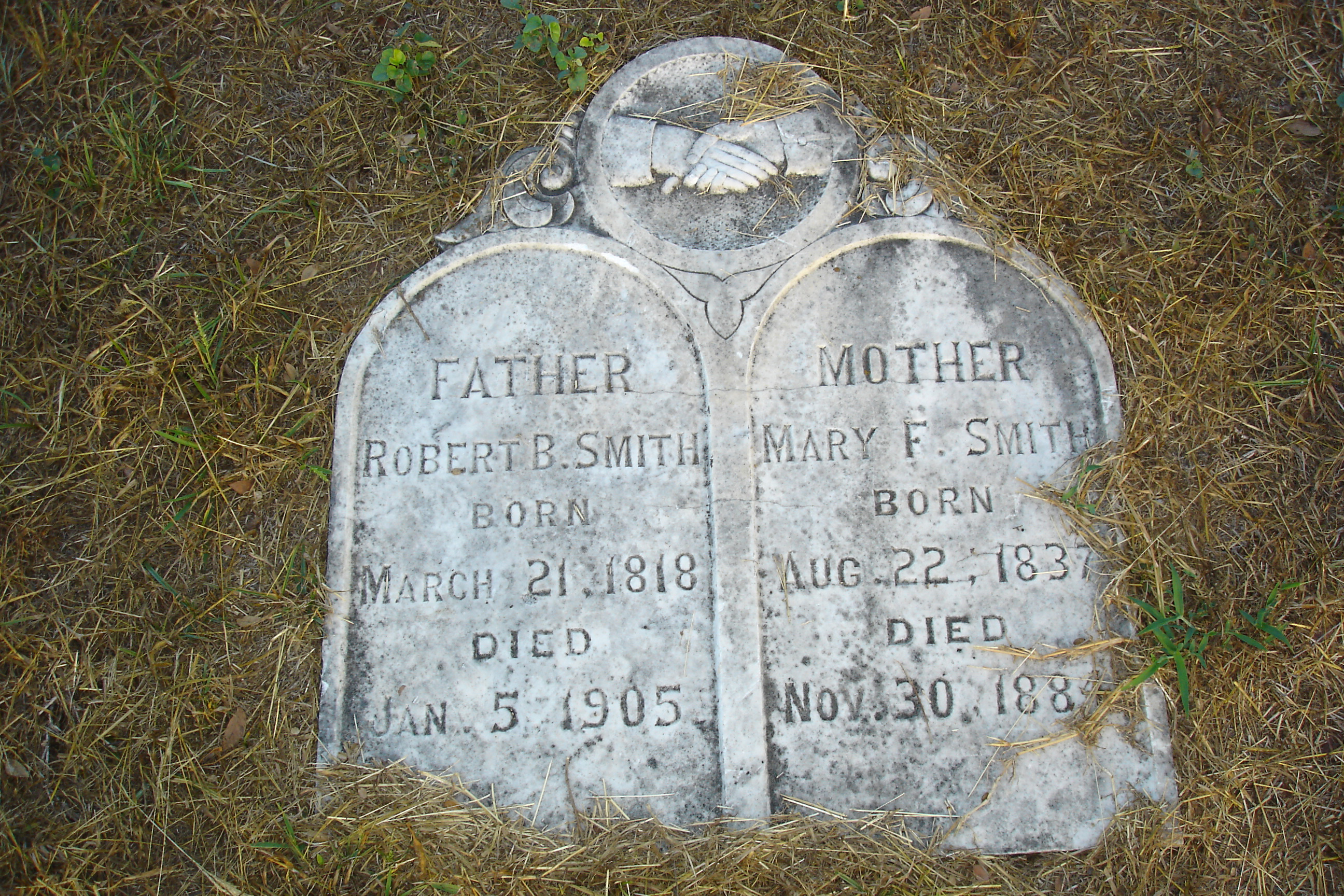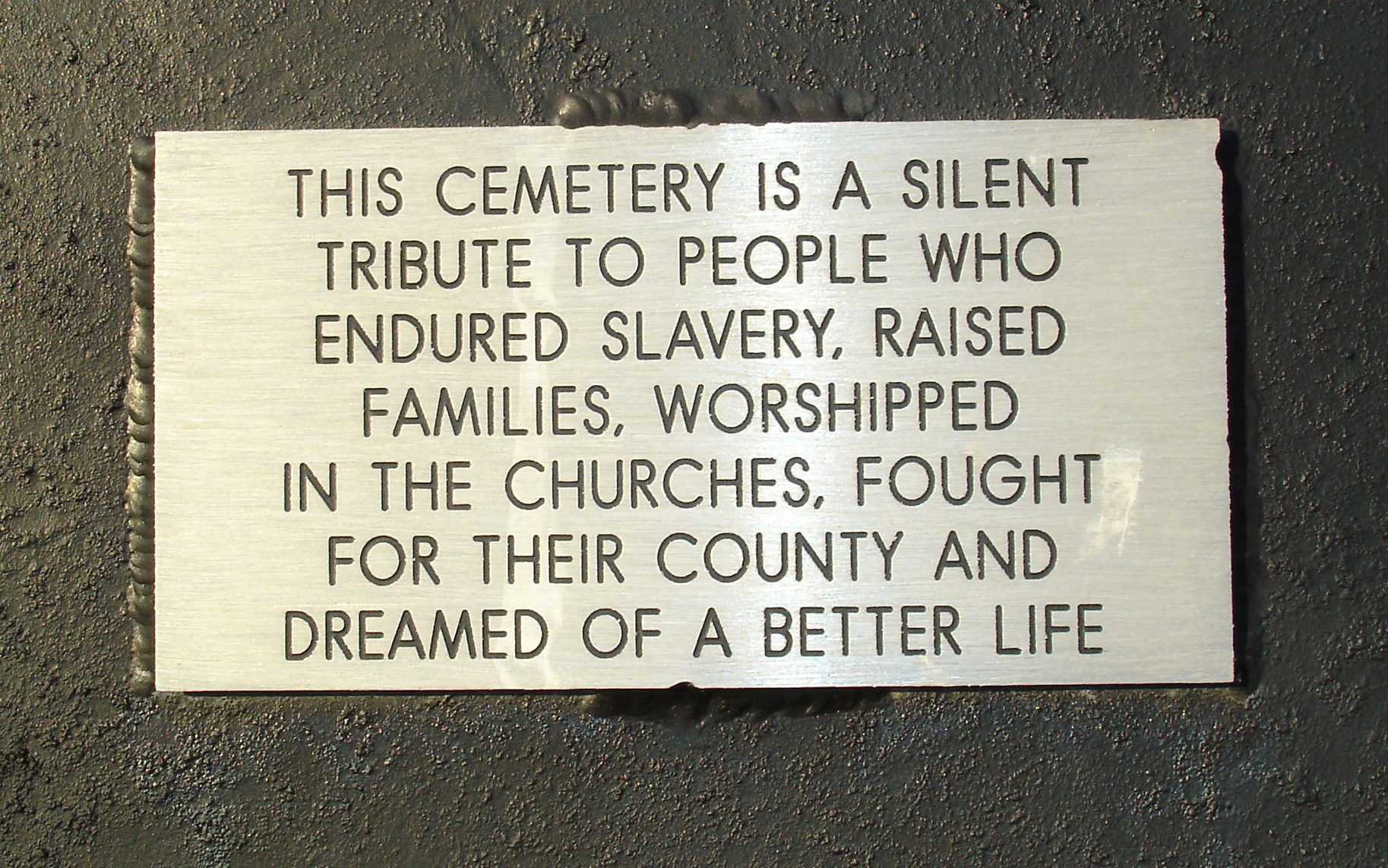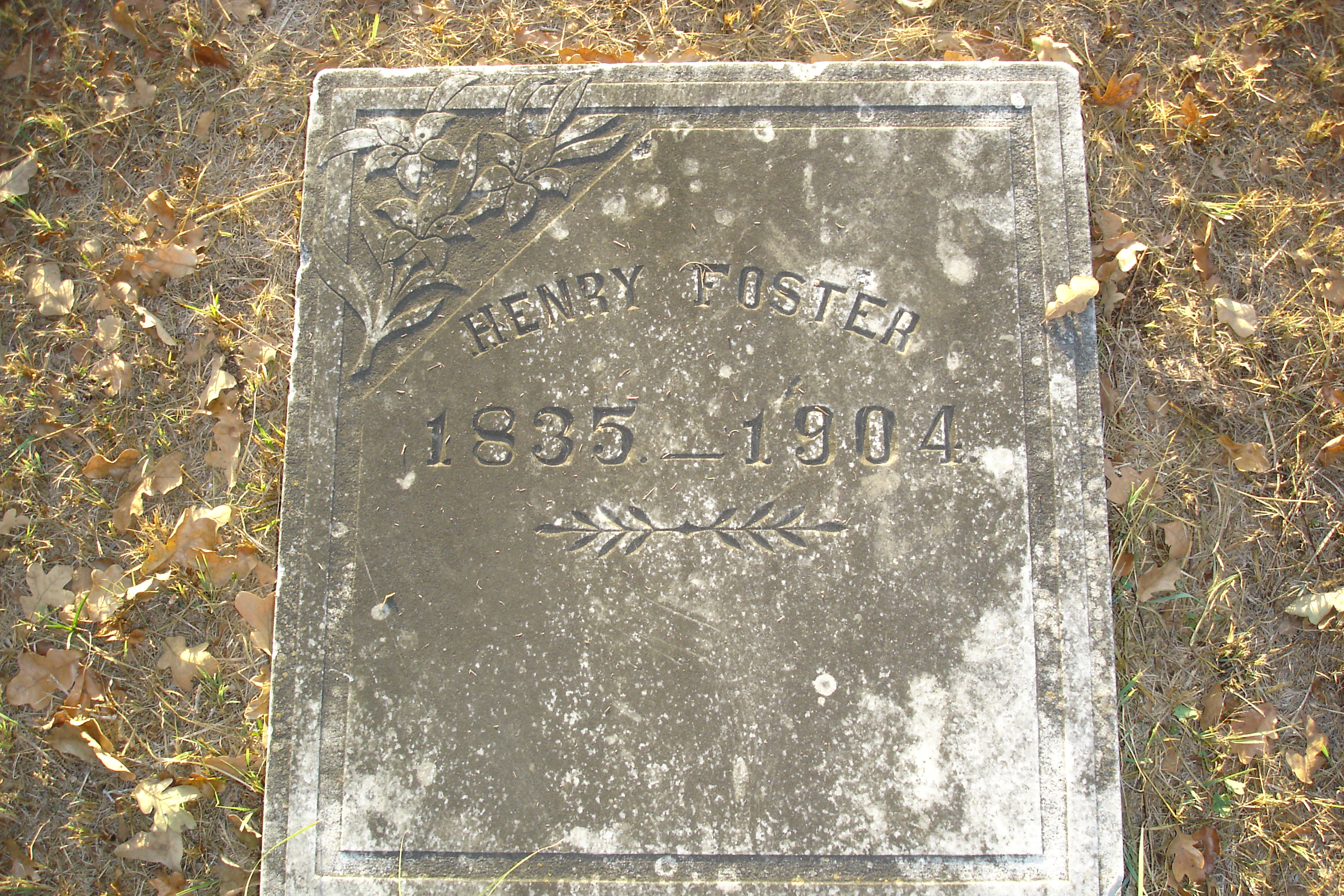From an article by Ada Simond in her Austin American-Statesman “Looking Back” column in the 1980s:
“When the Austin cemetery named Oakwood was laid out in 1856, a small section in the northwest corner was designated ‘for colored.’ When the space was filled, as was the section for Whites, the cemetery was expanded across Comal Street to the east, but did not include a section for Blacks.
“In 1893, William M. Tears, Austin’s first Black mortician, joined J.M. Holland, Henderson Rollins, Allen Bradley and W.H. Holland, then superintendent of the Deaf, Dumb and Blind Institute for Colored Youths of Texas, to buy East Austin acreage for a Black cemetery. The land, located on Springdale Road across from Sims Elementary School, was named Bethany Cemetery.”[6]



